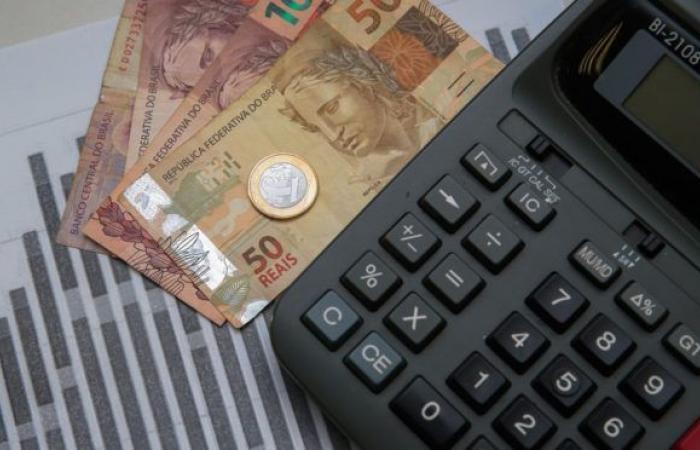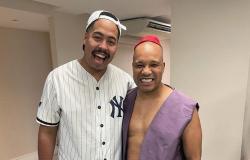The news of the sale of the Paraná company Ouro Fino to the Zonta Group, owner of the Condor supermarket chain, heated up the financial market and opened a series of questions about the advantages (and disadvantages) of this type of operation. These movements are possible through two investment funds: the Participation Investment Funds (FIP) and the Credit Rights Investment Funds (FIDC).
The main difference between the two is that the first is used to buy and sell (in the future) a company, generating a tax benefit for the buyer, which is exemption from Income Tax on future capital gains. This is because, with the FIP, taxation only occurs in the case of redemption by the shareholder.
In addition to the tax advantage, the use of FIP’s for acquisitions is increasingly used by large companies that want to invest in new businesses with a fixed term and with gains arising from the sale of the acquired company. The Zonta Group did not disclose the amount invested in the purchase of Ouro Fino, nor whether this acquisition was carried out through an investment fund. But the pace at which the group is acquiring new brands and diversifying its portfolio points to this path, as FIPs are considered a good choice for this type of transaction.
FIDCs are very promising options for companies that want to generate credit to develop their business ecosystem, especially by financing their customers’ purchases with competitive interest rates. FIDC’s capture and offer resources at lower interest rates, directing credit to new sales, especially in retail.
Recently, Casas Bahia announced that it created a FIDC structure to initially raise R$600 million. In this case, the operation works with the purchase of receivables. In this way, it is possible to anticipate the receipt of credit installments, in exchange for a remuneration rate for the investors involved in the fund.
Both operations are recommended for large transactions. In the case of FIP, investors have the possibility of obtaining high profitability, especially in the long term. With the FIDC, the values invested are managed by a manager, who applies the value in accordance with the Fund’s investment policy.
Bruno Lage He has a degree in Administration, with an MBA in Finance from Fundação Getúlio Vargas (FGV). He is founder and director of Catálise Investimentos.
Infographics Gazeta do Povo[Clique para ampliar]






